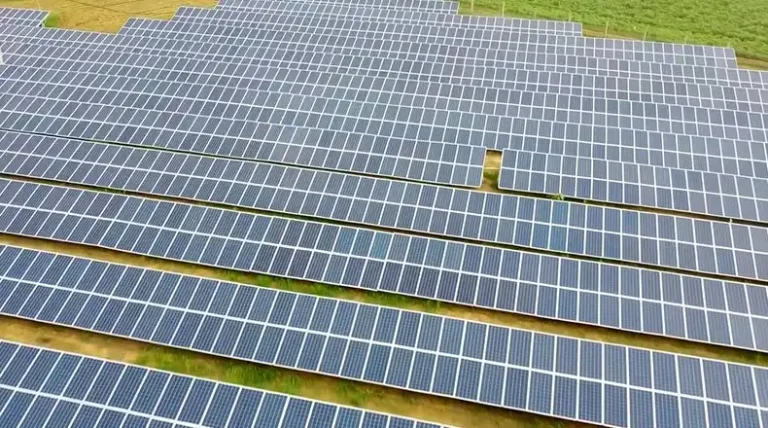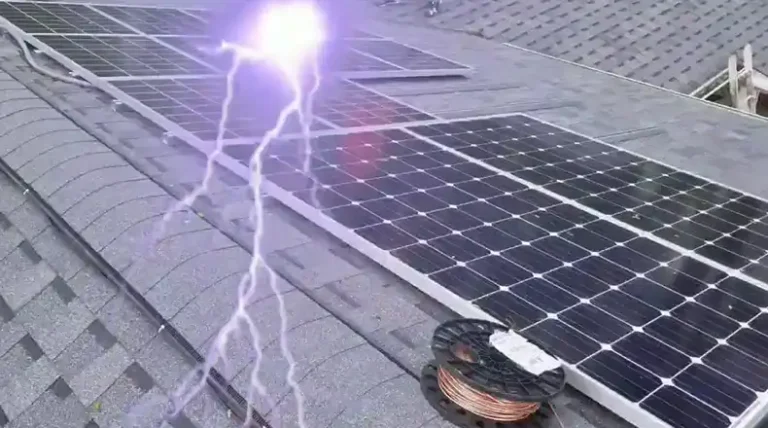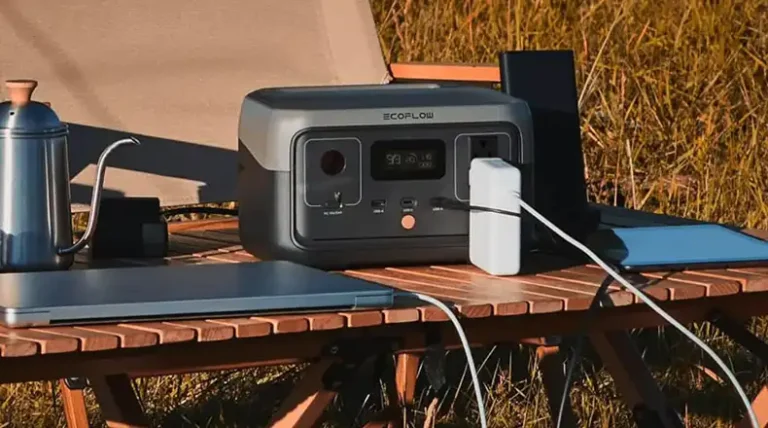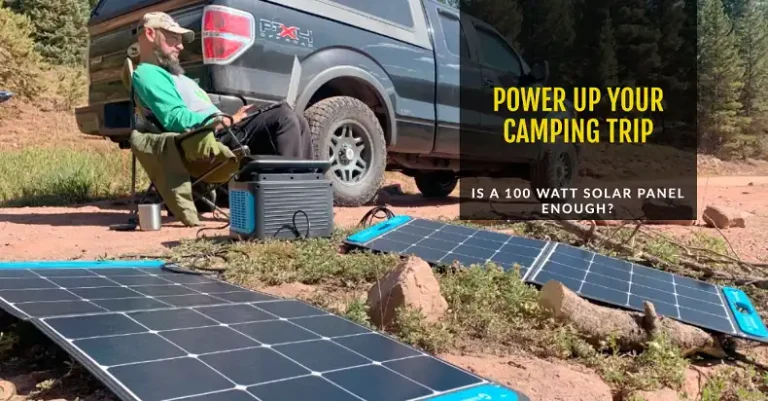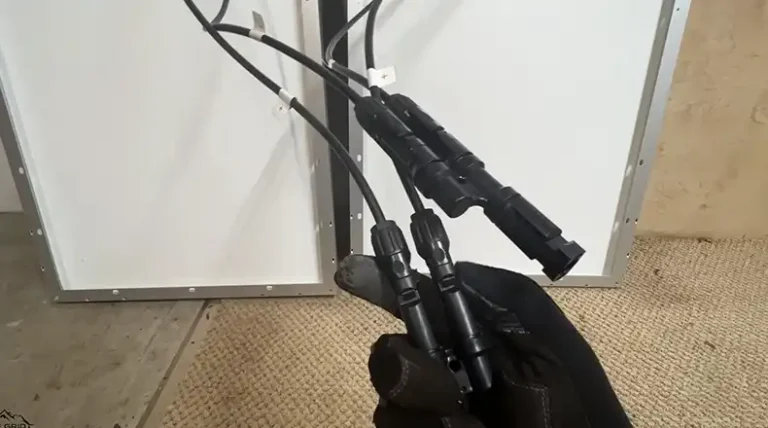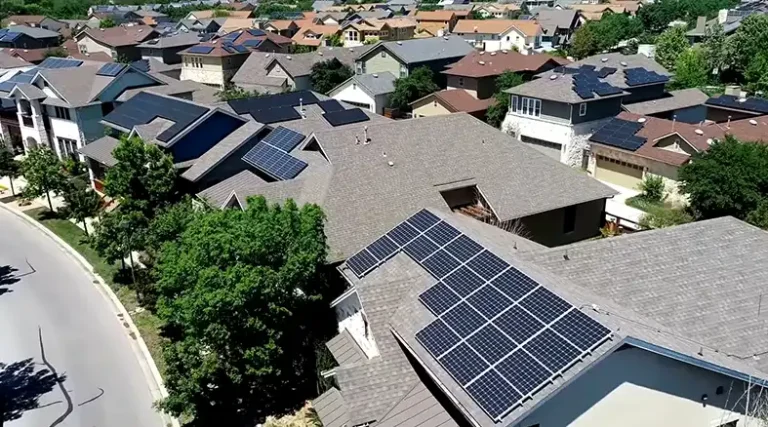How to Protect Solar Panels from Stones? A Complete Guide to Know
Solar panels are a great way to generate clean, renewable energy, but they can be vulnerable to damage from stones and hail. If you live in an area where there is a risk of hail or stone storms, it is important to take steps to protect your solar panels.
To protect them, you will need to do a couple of works such as using a strong panel cover barrier, if you are installing for the first time then go for UL or ICE-rated panels. However, there are other simple ways available too.
In this guide, we’ll talk about how to protect your solar panels from these dangers and keep them working at full capacity.
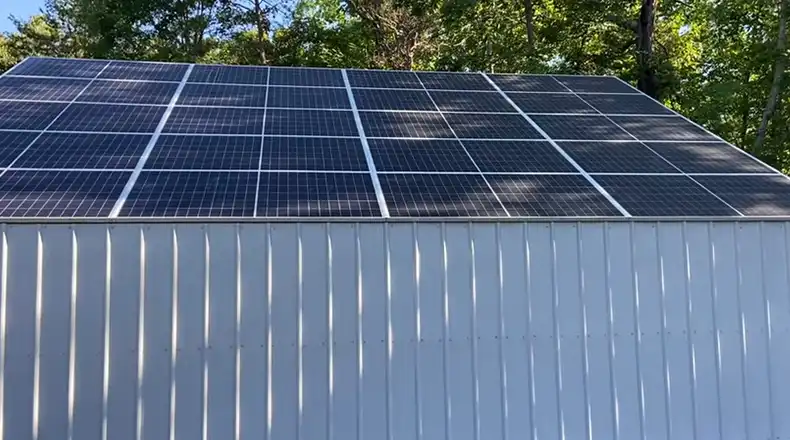
What Should I Done to Protect Solar Panels from Stones
Solar panels are not cheap, and the last thing you want is to watch your investment get pummeled into submission. So, what can you do to shield your panels from the relentless assault of stones and hail? The good news is, you’ve got options. Here are some tried-and-true methods to keep your solar panels unscathed.
A. What Should Be Done if You Willing to Protect Existing Solar Panels
So, you already have solar panels in place, and the stone-storm clouds are looming on the horizon. What can you do? Well, fret not, we’ve got strategies for both new and existing installations.
Way 1 – Go for Protective Covers
Hard shell protective covers are the best way to protect your solar panels from impact damage. They are typically made from two types of materials:
- Polycarbonate is a strong, transparent material that is often used in making bulletproof glass and riot shields. It is also used in a variety of other applications, such as sports equipment, car parts, and electronics. Polycarbonate is a good choice for solar panel protective covers because it is durable, lightweight, and resistant to UV damage.
- Acrylic is another strong, transparent material that is often used in making windows, signs, and displays. It is also used in a variety of other applications, such as eyeglasses, dentures, and contact lenses. Acrylic is a good choice for solar panel protective covers because it is durable, lightweight, and resistant to UV damage.
Hard shell protective covers are typically attached to the solar panel frame using screws or bolts. This ensures that they stay in place securely, even in strong winds or hailstorms.
Way 2 – Use Wire Mesh or Stone Netting
Wire mesh or stone netting is another way to protect your solar panels from stones. It is important to choose a mesh that is strong enough to withstand the force of a hailstorm or stone throw. Wire mesh can be attached to the solar panel frame using screws or bolts, or it can be zip-tied into place.
Way 3 – Paint the Photovoltaic Panel with Protective Liquid
Some products on the market offer a special protective liquid coating for solar panels. Methacrylate layer spray is a transparent coating that can be applied to solar panels to protect them from impact damage, such as from stones, hail, and branches. It is made from a polymer called methacrylate, which is known for its strength and durability.
Methacrylate layer spray works by creating a hard, protective barrier over the solar panel surface. This barrier helps to deflect stones and other debris, preventing them from damaging the solar cells. Methacrylate layer spray is also resistant to UV damage, so it will not become yellow or brittle over time.
Way 4 – Change the Angle of the Solar Panel
the ideal angle for solar panels to protect them from stones and hail depends on a number of factors, including the location of the solar panels, the type of solar panels, and the expected size and severity of hailstorms. However, in general, it is recommended to tilt solar panels at an angle of 30-45 degrees to the horizontal. This angle will help to deflect stones and hail, and it will also help to maximize the amount of sunlight that the solar panels receive.
If you live in an area where there is a high risk of hailstorms, you may want to tilt your solar panels at a steeper angle, such as 45-60 degrees. This will help to further reduce the risk of damage from hail. However, if the angle is 90° then you will need to change it as in this angle, the solar panels can be damaged.
B. What to Do If You Are Willing to Install the Solar Panel and Thinking of Protection from Stones or Hail?
If you’re in the planning stages of installing solar panels and are worried about potential stone or hail damage, there are proactive steps you can take.
- Go for Quality Solar Panels
Invest in high-quality solar panels that are designed to withstand harsh weather conditions. Look for panels that have been tested for impact resistance and hail tolerance. While they may be a bit pricier, the peace of mind is worth it. For example, you can go for IEC 61730-rated panels. According to the International Electrotechnical Commission, these types of solar panels can resist the impact of stone or hails and have a speed of around 88 miles/hour.
Bonus Tips – What to Do If You Have Occasional Hail or Stone Storm in Your Area?
For those in areas with sporadic stone or hail storms, you can take additional precautions.
- Stay Informed: Keep an eye on weather forecasts and be prepared to take protective measures when a storm is predicted.
- Emergency Covers: Consider having emergency protective covers or netting on hand that you can quickly deploy when needed.
- Insurance: Check if your homeowner’s insurance covers solar panel damage from hail or stones. If not, consider adding a policy rider for extra protection.
Final Thoughts
Protecting your solar panels from stones is not just a good idea; it’s a necessity. With the right strategies in place, you can ensure the longevity and efficiency of your solar power system. Whether you’re dealing with an existing setup or planning a new installation, the methods mentioned in this article offer a range of solutions to keep your solar panels safe from the forces of nature.

